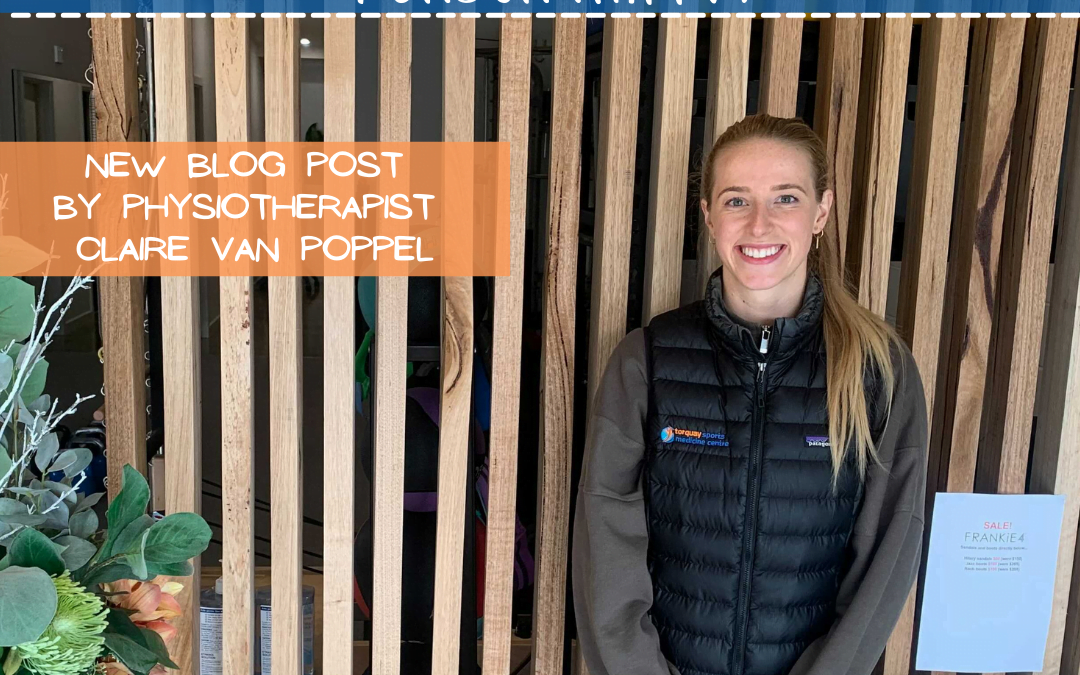Patella tendinopathy aka jumpers/runners knee.
Getting pain at the front of your knee below your knee cap? Your patella tendon may be a little bit unhappy.
With the return to organised sport for children and adults – there is a sudden increase in activity which may have been absent last year.
Something we have been seeing a little bit more in the clinic is a few upset tendons which can sometimes be known as a tendinopathy.
What is a tendon and what is a tendinopathy?
A tendon is connective tissue which attached from muscle to bone
A tendinopathy is essentially an overloaded tendon which induces pain and dysfunction. Not always does the tendon become inflamed.
The patella tendon is the tendon which attaches your quadriceps to the front of your knee which engulfs the knee cap. The patella tendon is often overloaded with jumping, running and hopping.
What does it feel like?
What will we look for to diagnose a patella tendinopathy.
- Pain over the inferior pole of the patella.
- Load-dependent nature.
- Warm up phenomenon – stiff to warm up but eases with activity.
- Increased pain the day after activity.
- Pain increases as load increases i.e shallow to deep squat, hopping from a greater height, walking down stairs, decline squat.
- Pain is rarely experienced at a resting state.
- Patella tendinopathy is rarely associated with global swelling.
What can we do about it?
- Determine the state of the tendon and where it may be at in its stage of tendinopathy, e.g. acute, sub-acute or degenerative.
- Strip back activities / de load from aggravating factors
- Assess the kinetic chain. By assessing the ankle and hip joint we can pick up any deficiencies and work out a plan to help the body move more efficiently.
MOST IMPORTANTLY: Formulate a specific exercise program guided by function and levels of pain to help recondition the tendon. It is so important to make sure the tendon is being loaded appropriately depending on the irritability of the tendon.
This plan is always individualised and is not a one size fit all approach.
What would some of the reconditioning stages look like?
Meet Brendan – he has been battling with patella tendinopathy for a few months and is working through some stages of tendon reconditioning. Upon strength testing with Brendan, presented with deficits through his gluteus maximus with reduced activation, this has been added to his program.
- Spanish squat holds 45 seconds x 5
- SL reformer declines, 3 second 8 x 3
- Prone hip extensions – isolate gluteus maximus
- Kneeling banded hip hinge – working on hip hinge movement
Brendan’s pain has to be 3/10 VAS or below after activity and the next day following before moving on to the next stage of rehab.
Tendinopathies can be tricky but successful if they are managed correctly.
Contact one of our practitioners at TSMC and let us help your grumpy tendon become a happy tendon!
Claire Van Poppel – Physiotherapist
